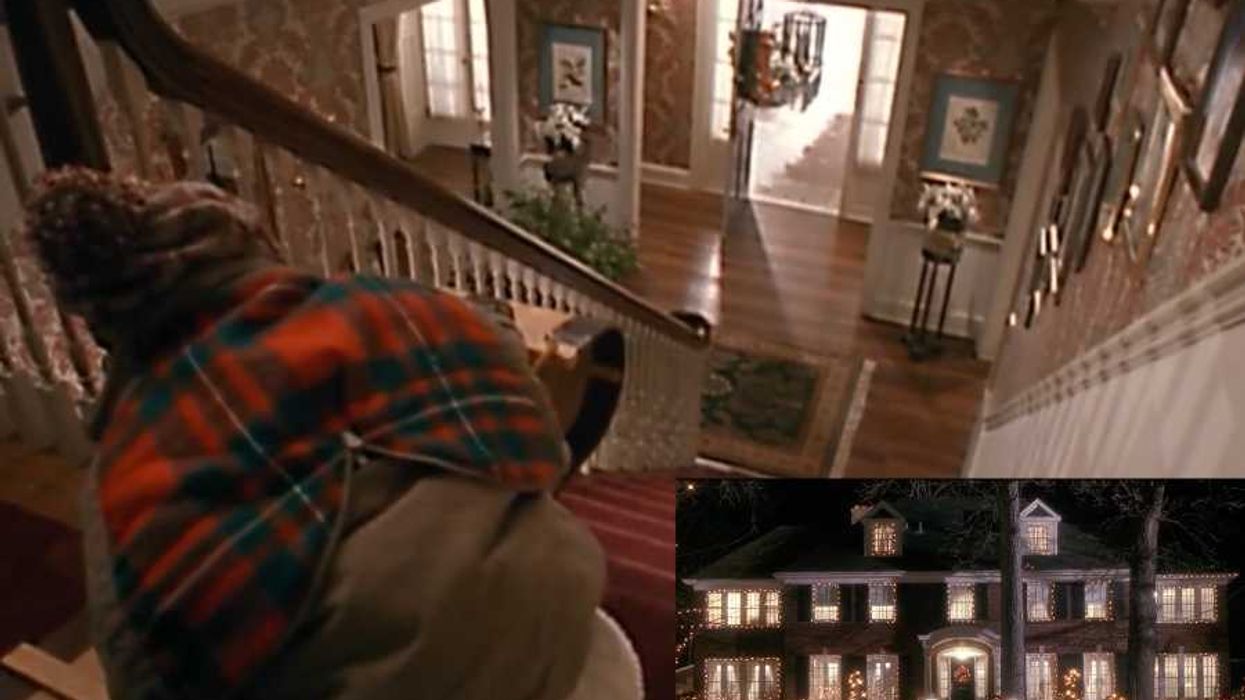Throughout my final semester as an undergraduate, I decided to partner with Focus the Nation to implement clean energy initiatives. I secured over $200,000 for a multi-phase solar photovoltaic project at the University of Utah, and the majority of these funds were derived from student fees, which in itself, highlights the importance my generation is placing on clean, green tech.
We budgeted and outlined steps for students to be involved from start to finish—allowing them to gain hands-on experience. Thus far, we’ve been able to attract students from engineering, architecture, business, and communication backgrounds to help with the planning, installation, and monitoring phases of the project—all of which have been paid internships. From my understanding, this is the first type of project like this in the nation.
As I enter my second semester as a Masters of Business Administration student, I’ve been assessing the future of energy efficiency. Buildings in the United States, most of which are greater than 40 years old, are responsible for roughly 60 percent of energy consumed. That translates to over $100 billion/year towards energy expenses and comprises 30 percent of US carbon emissions. These buildings were designed in an era of cheap energy, with little awareness of efficient design. The good news: There's immediate and abundant opportunity to easily slash building energy consumption by as much as 30-40 percent—which will effectively decrease utility expenditures, make these decaying buildings more inviting, and contribute to a more positive environmental future.
So what’s the big hold up with this energy efficiency stuff anyway? Money. Large scale energy efficiency has the potential to be extremely capital intensive, depending on the specific retrofit. In an attempt to solve this dilemma, I have undertaken the task to determine the point where energy efficiency meets sound investment. After passing a bill through the student body suggesting we utilize $10 million of the $500 million endowment to pay back in less than 10 years, I effectively gained support from more than 30,000 students for energy efficiency at the University of Utah. The good news is that many energy efficiency projects show returns in under 3 years.
Together we can alter the trajectory of our future by implementing energy efficiency measures that promote sound use of our resources and generate extensive returns for investors. Solving a problem as complex as climate change requires persistence and determination. Clean energy and energy efficient investment is only part of the solution. Let us move forward now—with these and other solutions to create a sustainable future.
This month, challenge a neighbor to GOOD's energy smackdown. Find a neighbor with a household of roughly the same square footage and see who can trim their power bill the most. Throughout February, we'll share ideas and resources for shrinking your household carbon footprint, so join the conversation at good.is/energy.
original image via wikimedia commons
















 Otis knew before they did.
Otis knew before they did.